
Bucharest has approximately 8 square meters of green space per inhabitant, according to estimates made by the Environmental Protection Agency, which is even half of the minimum area required by the European Union, i.e. approximately 26 square meters per inhabitant. Besides city parks, the trees planted on every street, at the edge of the sidewalk, are actually one of the most important categories of green space in the city. Unfortunately, however, over the past 20 years, thousands of alveoli have been paved over or left empty after the trees planted there were over-pruned, diseased and withered. The mayors of the sector say that about 18,000 trees were planted last year. Dan Trifoux, vice president of Ecocivica, however, says about 1.3 million trees will still be missing from the leveling plantations.
According to the data sent by each institution upon HotNews.ro’s request, last year the city halls of the sectors that are supposed to take care of green spaces on the streets planted about 18,000 trees:
- 1 sector – 5,831
- 2nd sector – about 3 thousand
- 3 sector – about 5 thousand
- Sector 4 – about 1,600
- Sector 5 – about 500
- Sector 6 – 2,129
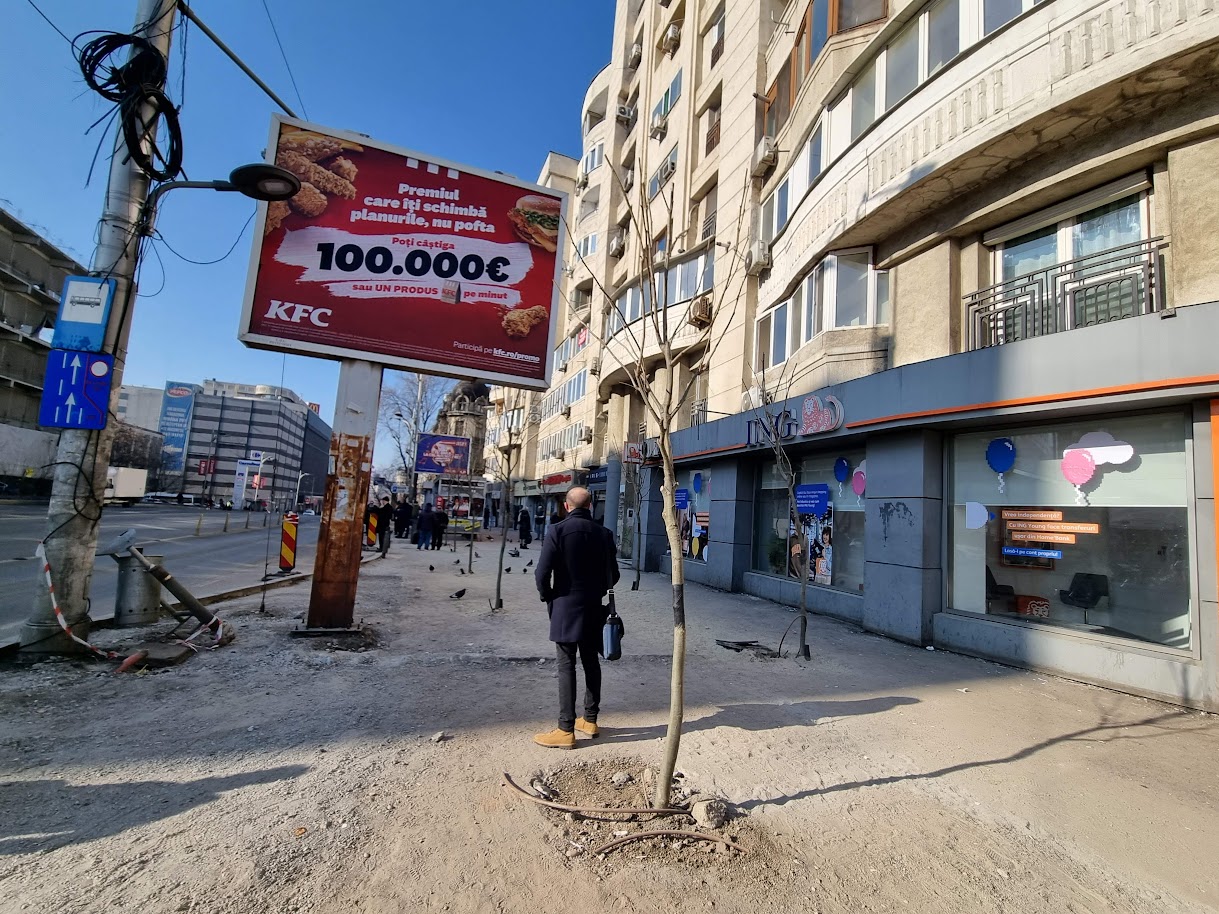
The city hall also planted approximately 800 trees, more than 90 in parks, as the municipality has little green space on the streets in its administration. Management of green spaces on the streets is the work of sectoral municipalities.
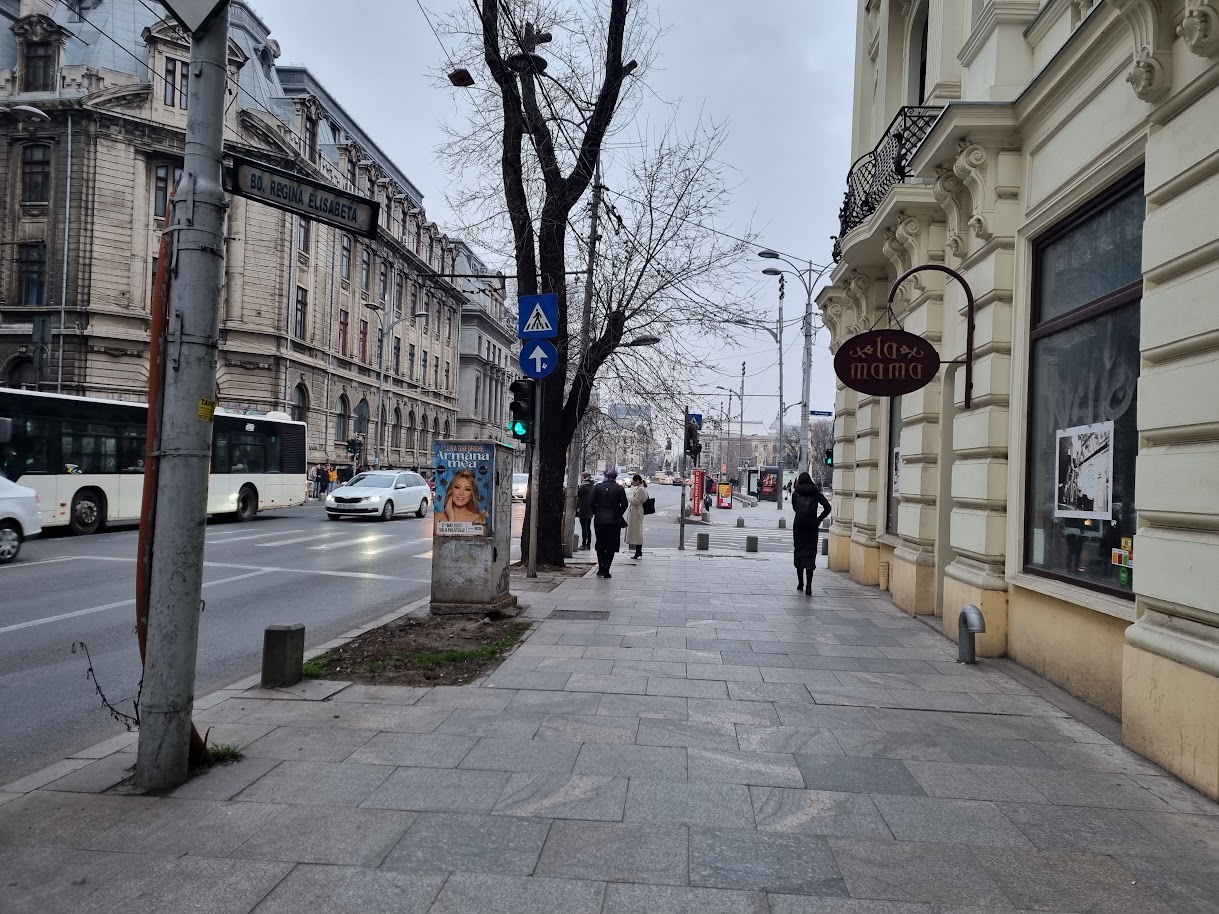
However, this does not mean that every tree planted survives. The catch rate is somewhere between 50 and 90% – depending on who you ask. Oliver Peyushi, Deputy Mayor of Sector 1, says that about 50% of the trees planted have been caught.
Radu Mihaju, the mayor of Sector 2, says that of the 3,000 trees planted, about 200-300 had problems with harvesting and were replaced under warranty at the end of last year, so the harvesting rate is somewhere around 90%.
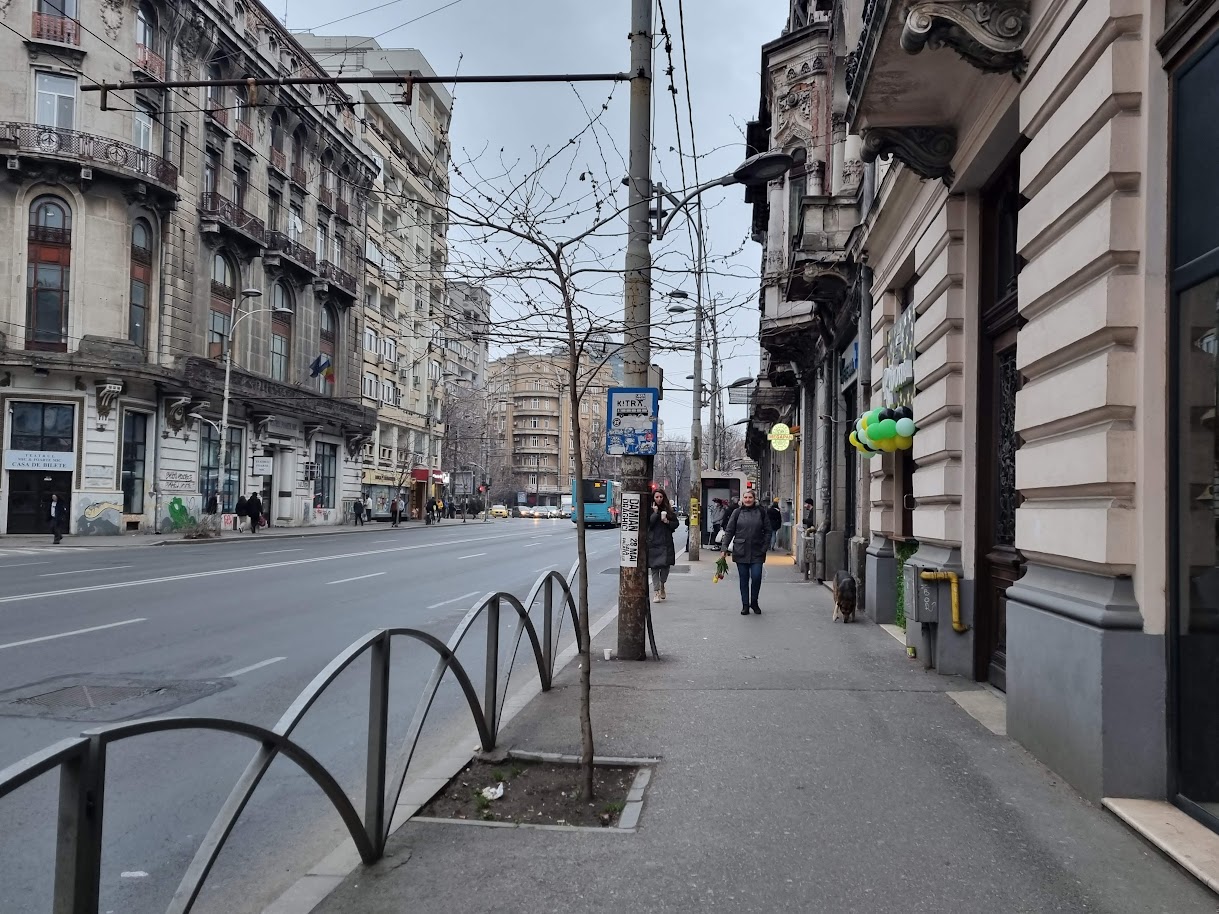
Cyprian Chuku, the mayor of Sector 6, says the catch rate is over 95%.
Diana Culescu, a landscape designer, says that we would know exactly how many trees were harvested and how many trees withered if we had the Green Register, a list of trees in Bucharest, updated with deforestation and planting, as well as the status of each tree. It was made in 2011 by the capital city hall, but is not updated.
- “All kinds of work was done and no one took into account that there were tree roots there. To make the area where the car passes, you dig about 70 cm into the base of the road and cut the roots of the trees that grow in this area. If you cut the roots, as happened on the Aviatorilora, to make pavers on one side and put nets on the other, you are essentially cutting most of the tree roots. And at present, if you don’t plant, there is nowhere to grow.
- I’m glad everyone is planting, but why don’t we have leveling yet? Because the trees are drying. No one makes a planting hole in the soil where tree roots can grow. For example, sycamores continued to be planted on Magera, but they died and others were planted. I have images of many areas in Sector 1 where this is the case.
- It’s just that people don’t really realize it, they don’t recognize the species, but you see that these alignments don’t grow, they stay the same size because the trees are drying up and others are being planted,” Diana explained. Kulescu
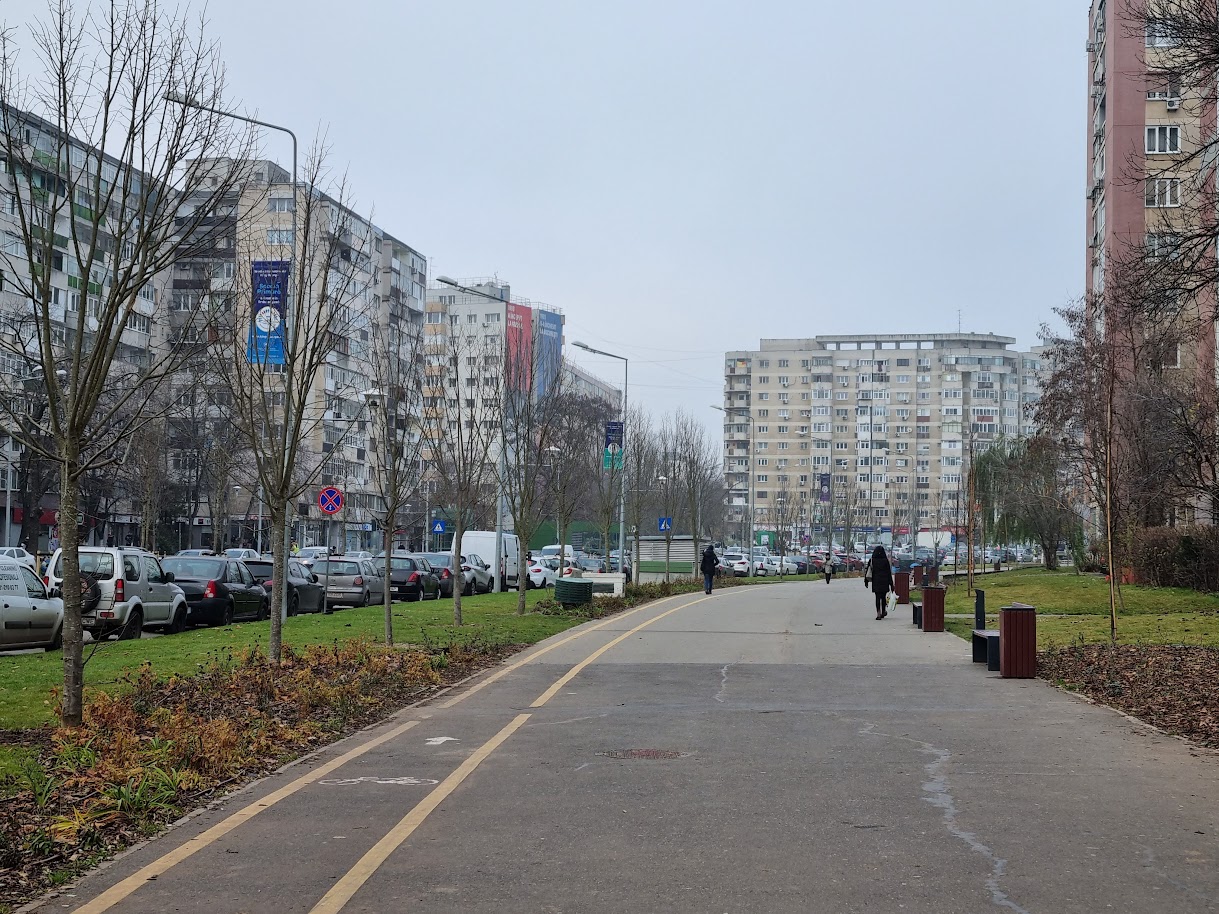
How many trees are missing?
More or less planted? The truth is, we don’t know. Since the city hall of the capital has not updated the green cadastre, we do not know how many trees there are in total in Bucharest, how many are on the paths and how many have dried up after being paid. We don’t even know how many more trees are needed.
District heads say that the situation is not bad and there are not many empty cells left.
- “We carried out an inventory of empty alveoli at the beginning of last year. All empty alveoli were covered by last year’s plantings.
- We still have more than 1,000 areas ready for planting, occupied by dead trees that need to be cleared and for which we are waiting for the appropriate approvals. As soon as the dead trees are removed, we will definitely plant compensation.
- Where it was obvious that there were potholes and they were concreted by unknown people, we redid them. I do not rule out the possibility of such situations, but if they exist, they are exceptions,” Radu Mihaju, mayor of Sector 2, told HotNews.ro.
The mayor also says that when they reconstruct a street where there is a sidewalk of more than 2 meters, new alveoli are given.


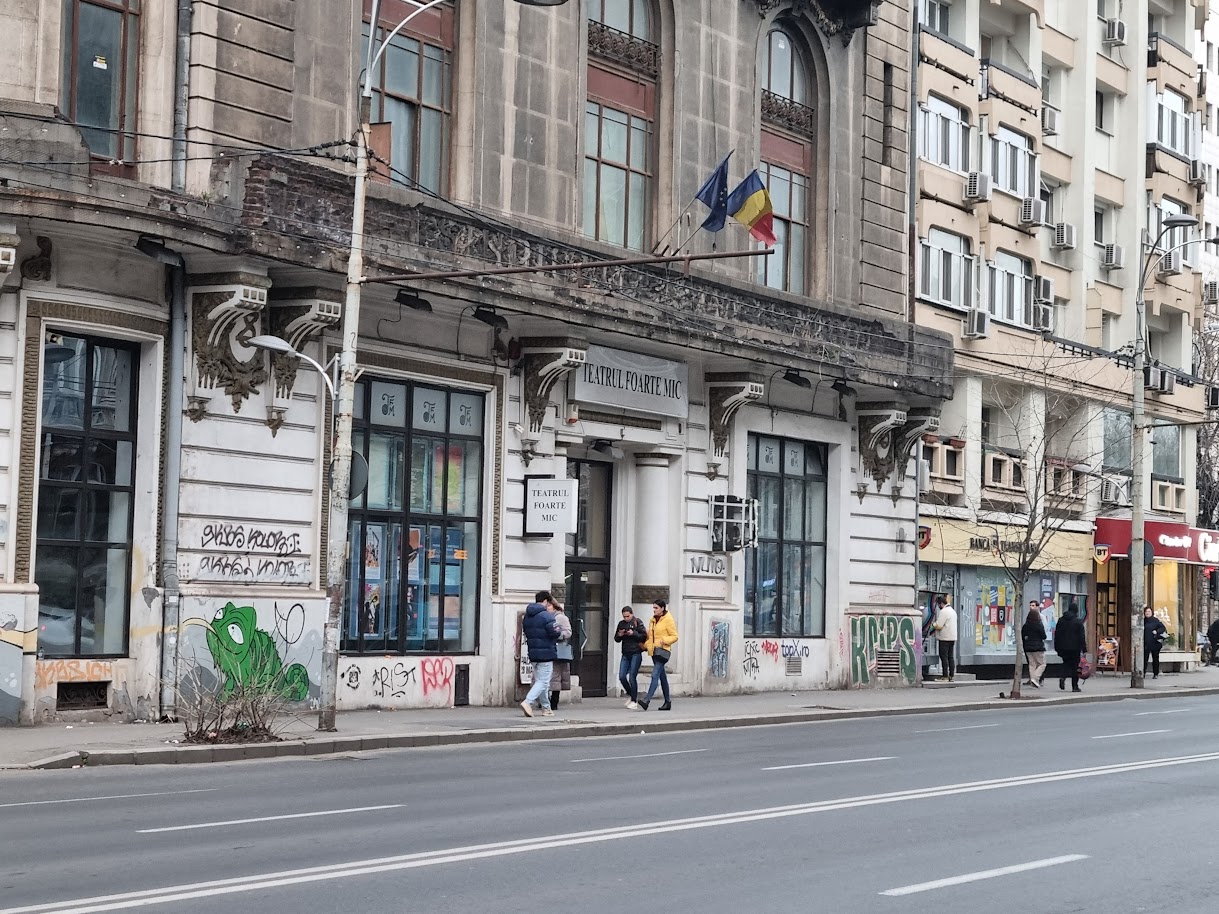
And the mayor of sector 6, Cyprian Chuku, says that he has filled the empty alveoli, problems only in new residential areas.
- “We no longer have an inventory of empty alveoli, we had one in 2021 and we planted it then where it was needed. Maybe not everyone had a plantar, but in 95%, even more, for sure.
- All of our street renewal projects also include tree planting. There are many trees in Sector 6, about 290,000 trees. These are trees that have reached maturity but are beginning to lose their qualities due to aging.
- Our problem is that the trees are unevenly distributed. We have old quarters built by the communists, in which there are trees – Militari, Drumul Taberei. the problem is where recent real estate developments have taken place.
- There is a big problem here and it needs to be solved. Grozaveshti district is an example,” Chuku explained.
He says that the city hall plants a tree for every 4 parking spaces.
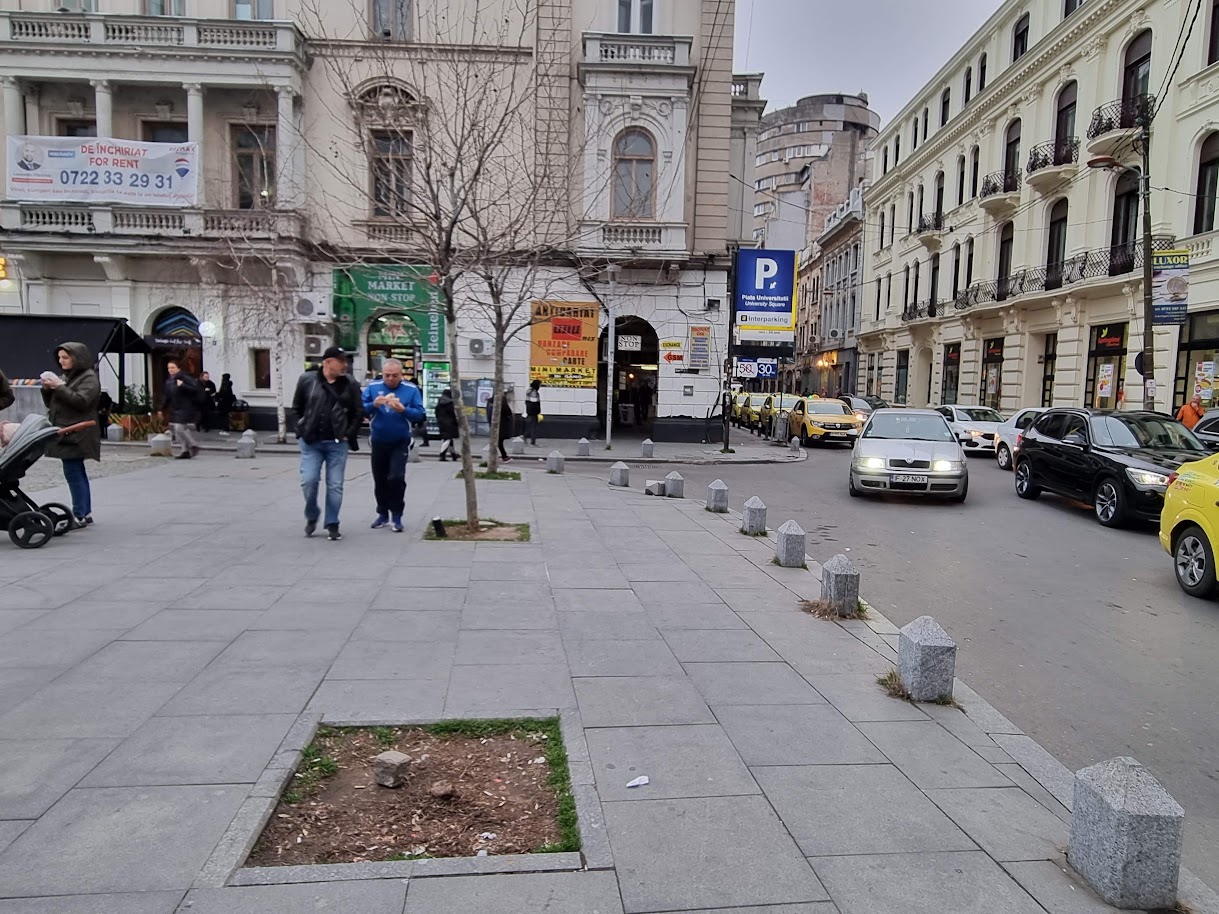
However, an assessment made by the Ecocivica association, which has been monitoring green spaces in Bucharest for more than 20 years, indicates a disaster.
- “For the last 20 years, forest plantations in Bucharest have started to disappear, and we see more and more blocked alveoli, concreting, systematization of streets, which lead to the disappearance of these plantations. one of the reasons was the toilet, as well as diseases.
- For example, bd. The youth street in the capital was cleaned and renovated, it was one of the most beautiful and greenest streets in the capital, and you could see that most of the trees had dried up or fallen.
- A few years ago we estimated that more than 1 million trees were missing from sockets, but in recent years the number has increased by another 300,000. The serious thing is that there are no more alveoli for us to replant. This affects air quality and public health,” explained Dan Trifu, vice president of the Ecocivica association.
Dan Trifu also says that, other than missing trees in sockets or plugged sockets, most properties lack new plantings.
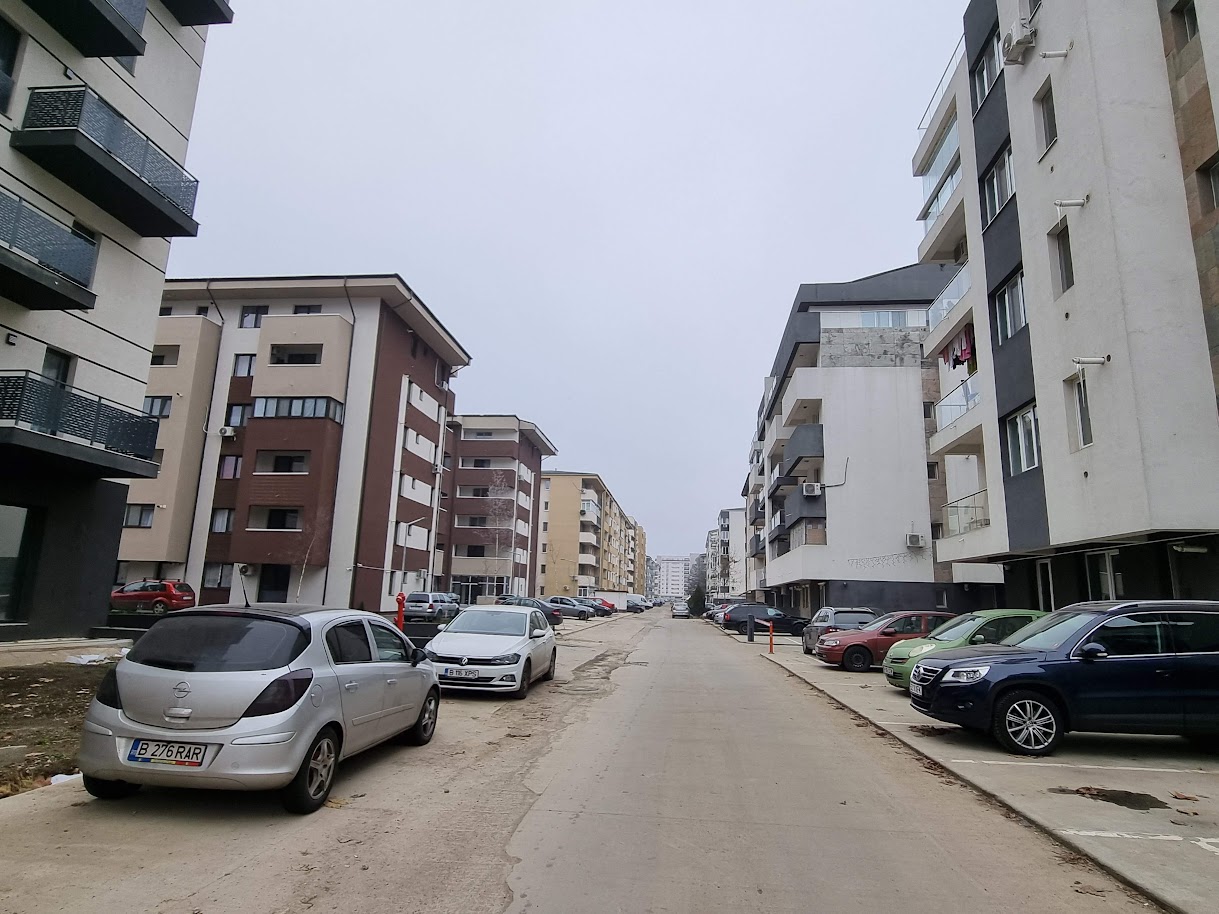
Why even landings are important
I spoke with the landscape artist Diana Kulescu. She says leveling is important because it reduces dust pollution, helps us escape the summer heat and helps urban wildlife.
- “First of all, because this is the green closest to us, because until you go to the park, the track is what helps you when you go to get bread from the corner, when you go to work or pick up a child. from school. Abroad, green areas are perceived as a green network, and in fact you have large parks, then the squares are also connected to these streets, because you cannot walk through the desert from your house to the park.
- In addition, it is also important from the point of view of pollution control. Dust thrown up by the wheels of the car stops on the leaves of trees, on their trunks, in fact, trees are a huge magnet for dust in the city. Therefore, we are interested in having trees near people’s windows, and not only in the park.
- In the summer, they lower the temperature by several degrees, this is the difference we see when we enter the park. They not only provide shade, but also provide moisture, and thermal comfort is completely different.
- Then the tracks are the most important green color in the city. If you have a squirrel, it doesn’t just stay in the park, or birds that can’t fly very far can’t get anywhere except through the tops of those trees. These tracks are also streets for the fauna that lives with us in the city,” explained Diana Kulescu.
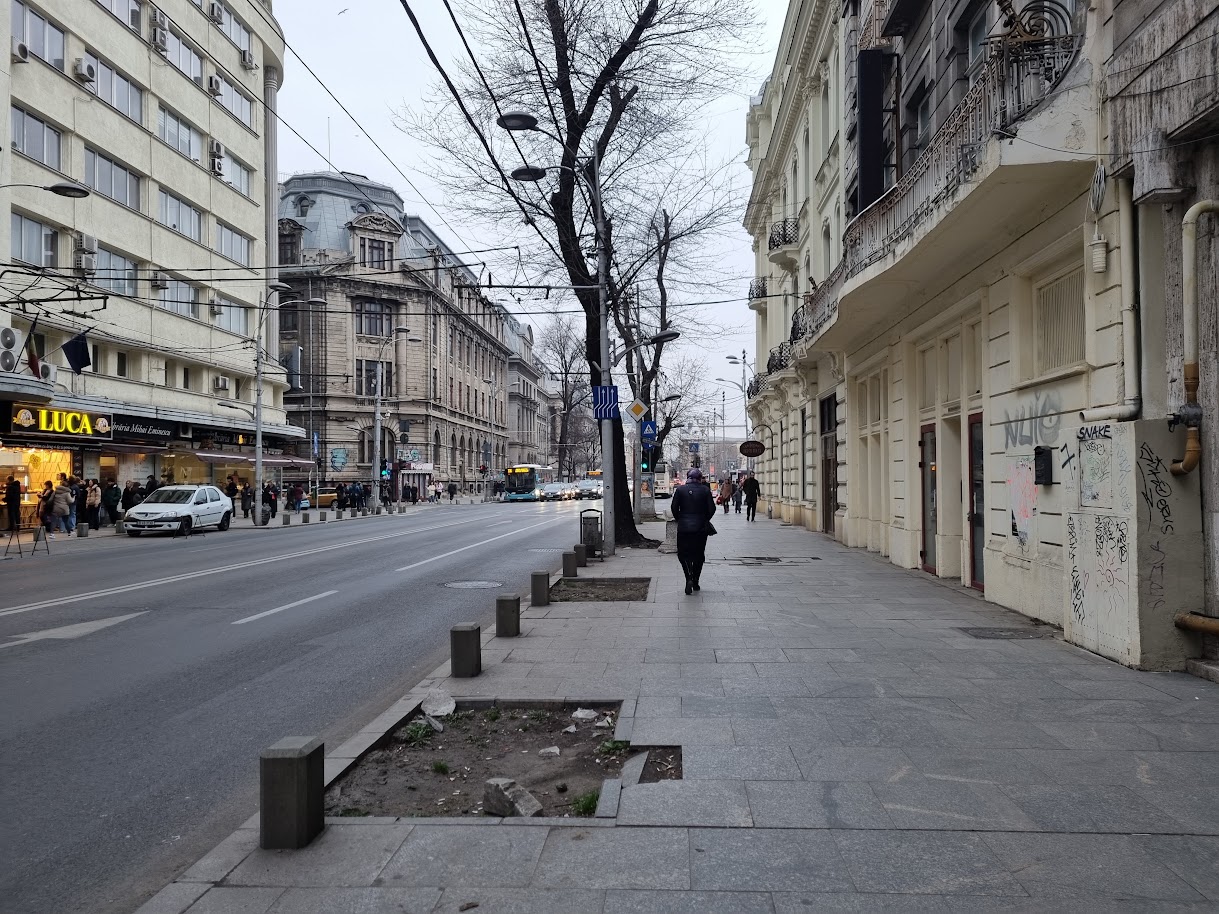
Dan Trifoux, vice president of Ecocivica, also says that studies show that street routes significantly reduce dust and noise reaching homes:
- “There are studies, as Bucharest City Hall knows, which claim that leveled plantations reduce emissions and noise levels in homes by 40 to 60%. This was also the reason why the arteries of Bucharest and its surroundings were designed in this way.
- If a tree shades your home, you almost don’t need an air conditioner.”
Source: Hot News
Ashley Bailey is a talented author and journalist known for her writing on trending topics. Currently working at 247 news reel, she brings readers fresh perspectives on current issues. With her well-researched and thought-provoking articles, she captures the zeitgeist and stays ahead of the latest trends. Ashley’s writing is a must-read for anyone interested in staying up-to-date with the latest developments.